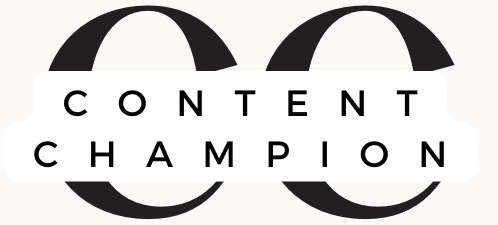Life Cycle Assessment study is an important method of maintaining carbon neutral supply chain dynamics. Many companies and products tout a low carbon lifestyle, or taking steps to limit the negative effects of pollution. An LCA looks at the specific elements used in their development from start to finish and quantifies the exact level of carbon emissions used in these earth friendly products or services.
Life cycle analysis methodology can differ based on the specific product or service that is being evaluated. No matter what the lca study focuses on, the first step is to set goals for what data is needed and what the output should look like. Some esg friendly companies use LCA to identify the specific carbon footprint of their new products. This information can be made publically available to demonstrate how effective they are compared to others at a certain objective. In another example, a new company may want to know what the life cycle of a new innovation is to establish that entering into the market would ofset carbon emissions compared to existing strategies and methods.
The goal setting stage is important because it will look at the cradle-to-cradle aspects of manufacturing a product or performing a service. This is an importnt feature of evaluating sustainability and is fundamental to the environmental sustainability of future product specifications. SDG impact, the use of specific input materials, or self sufficiency can all be decisions made from the information resulting in an effective LCA study.
Ultimately the metrics used in this analysis will help offset the carbon footprint of individual products and service and serve customers in the most efficient way possible. Generally after goal setting, inventory is taken of all the components including raw materials used in an operation. This can evaluate things as specific as the energy used to collect and transport raw materials as well as processing all the way till the end of a usable product’s life. Global emissions by year are one point of consideration that can be extrapolated to address these considerations.
After all inventory is listed, the life cycle diagram depicts where materials and resources are directed to accomplish various goals. A carbon neutral supply chain can be determined based on how the flow of energy and emissions takes place throughout development. LCA methodology helps determine the most efficient way to process materials and to minimize the loss or waste disposal involved in respective processes.
From this point an lca study will rely on data and calculations to identify specific outcomes as it relates to the end consumer and product. Depending on goals and available data the results can be estimates about the carbon footprint or potential environmental results of performing a specific task, or producing an item according to the processes assessed.
